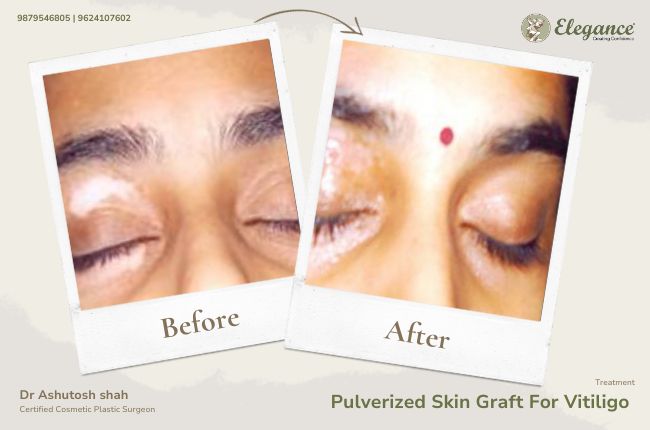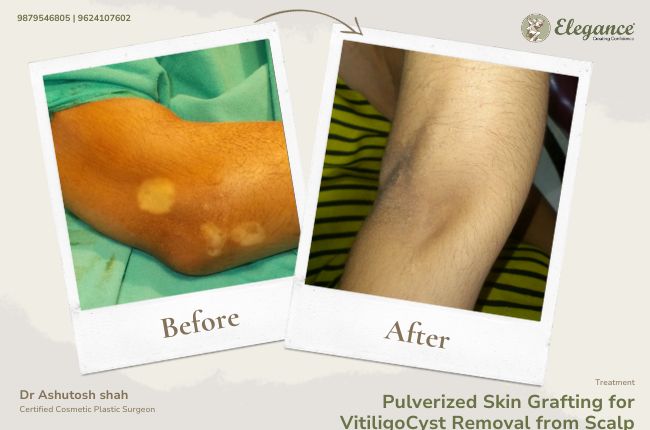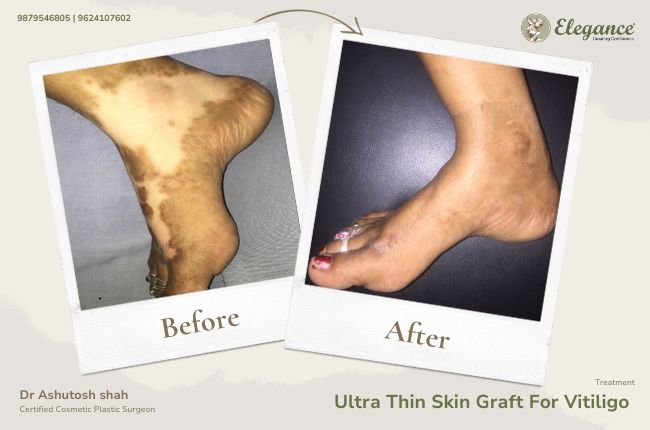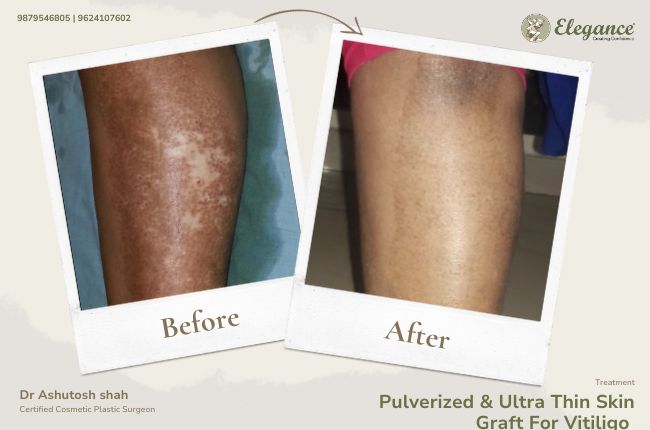White patches on the skin, also known as vitiligo, is a condition in which the skin loses its color, resulting in white or light-colored patches. There is no known cure for vitiligo, but there are several treatment options available to help improve the appearance of the affected skin.
One treatment option for vitiligo is the use of topical medications, such as corticosteroids, calcineurin inhibitors, and topical immunomodulators. These medications work by suppressing the immune system and slowing the progression of the condition.
Another option is light therapy, such as UVB or PUVA therapy. These therapies involve exposing the affected skin to specific wavelengths of light, which can help to repigment the skin.
Oral medications such as immunomodulators like Tacrolimus, Pimecrolimus, and Azathioprine can also be used for the treatment of vitiligo.
Surgical options such as skin grafting and micropigmentation can also be considered in certain cases.
It is important to consult with a qualified dermatologist to determine the best treatment approach for your individual case of vitiligo. It is also important to note that treatment for vitiligo can take several months or even years and may require a combination of different approaches.
If you have any questions regarding our services, please contact us or call at +91 9879546805.
Hear from our patients
EXCELLENTTrustindex verifies that the original source of the review is Google. Had a vericose vein surgery for both legs.such a supportive doctors and team.Special Thanks to Dr.Aashutosh shah,sunnybhai and all the staff members for wondrful service.Trustindex verifies that the original source of the review is Google. Thank you sir your treatment is very goodTrustindex verifies that the original source of the review is Google. Very happy.. Very good service.. Very good staff..Trustindex verifies that the original source of the review is Google. Amazing staff, totaly supportive. Dr ashutosh sir & his Team totaly take care of the patients & does the procedure properly
Contact Us
Ready to discuss? Fill out our contact form for a confidential consultation.













